
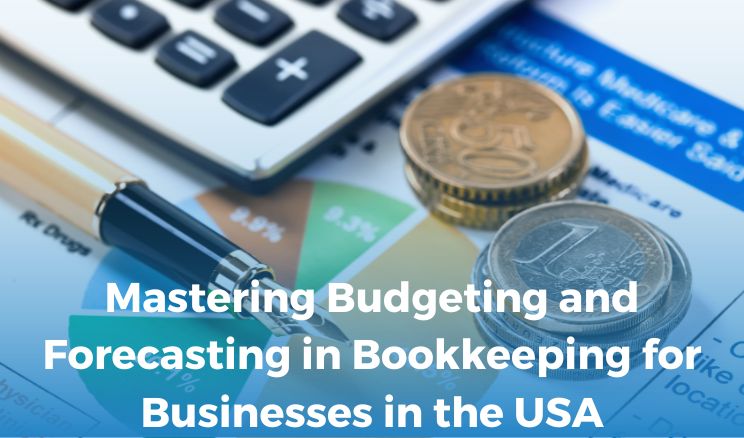
25-10-23
Introduction
Effective financial management is vital for the success of any business, and this holds true in the United States. Among the core pillars of financial management, budgeting and forecasting play a crucial role in helping businesses plan, make informed decisions, and achieve their financial goals. In this article, we'll delve into the world of budgeting and forecasting in bookkeeping, providing businesses in the USA with insights and strategies to ensure financial stability and growth.
1.Understanding Budgeting and Forecasting
Before diving into the specifics of budgeting and forecasting, let's establish a clear understanding of these two financial concepts.Budgeting is the process of creating a financial plan for a specific period, typically a fiscal year. It outlines expected income and expenses, setting spending limits for each category. The primary goal of a budget is to provide a financial roadmap that guides decision-making and ensures that resources are allocated efficiently. Forecasting, on the other hand, involves predicting future financial performance based on historical data and market trends. Forecasts can be short-term or long-term, and they serve as a tool to estimate revenue, expenses, and other financial metrics. By providing insights into possible scenarios, forecasting helps businesses adapt to changing economic conditions.
2. The Importance of Budgeting and Forecasting
In the complex landscape of business operations, budgeting and forecasting are invaluable tools that offer numerous benefits:
Financial Control: Budgets provide a clear picture of your income and expenses, helping you maintain control over your financial resources.
Risk Management: Forecasting allows you to anticipate potential challenges and make adjustments to minimize risks, ensuring business continuity.
Strategic Planning: Both budgeting and forecasting assist in setting realistic financial goals and aligning your business strategies accordingly.
Resource Allocation: With budgets, you can allocate resources efficiently, ensuring that your business's essential needs are met.
Investor and Lender Confidence: Accurate budgets and forecasts enhance your credibility, attracting potential investors and lenders who are more likely to support your business.
3.Budgeting in Bookkeeping
Now let's explore the process of budgeting within the context of bookkeeping for businesses in the USA.
Define Your Goals: Start by setting clear financial objectives. Determine what you want to achieve within a specified time frame, whether it's increasing revenue, reducing costs, or expanding your operations.
Review Historical Data: Analyze past financial records to identify spending patterns and trends. This data will serve as a foundation for your budget.
Create a Detailed Budget: Develop a comprehensive budget that includes all income sources and various expense categories, such as payroll, utilities, marketing, and more. Be as specific as possible.
Monitor and Adjust: Continuously monitor your actual financial performance against the budget. If you notice significant variances, make necessary adjustments to stay on track.
Consider Different Budget Types: In the USA, businesses commonly use static budgets, flexible budgets, or zero-based budgets. The choice depends on your business needs and industry.
4.Forecasting in Bookkeeping
Moving on to forecasting in the realm of bookkeeping, here are key steps to create reliable financial forecasts:
Gather Historical Data: Similar to budgeting, historical financial data is critical for accurate forecasting. This data forms the basis for predicting future performance.
Identify Key Drivers: Determine the variables that impact your financial results. For instance, in retail, factors like consumer spending trends and seasonal fluctuations may be crucial.
Choose Forecasting Methods: Several methods can be used for financial forecasting, such as trend analysis, regression analysis, and time-series analysis. Select the one that best fits your business's needs and data availability.
Create Multiple Scenarios: Given the unpredictable nature of business, it's advisable to create multiple scenarios, including best-case, worst-case, and most-likely scenarios. This prepares you for a range of outcomes.
Regularly Update Forecasts: Keep your forecasts up-to-date, incorporating new data and market trends as they become available. Regularly revise your predictions to ensure they remain accurate.
5.Utilizing Budgets and Forecasts for Business Success
Now that we've covered the basics of budgeting and forecasting, let's delve into how to leverage these tools for business success:
Cash Flow Management: Budgets help you manage cash flow effectively, ensuring you have the necessary funds to cover expenses and invest in growth.
Cost Control: With budgets, you can identify areas where costs can be reduced, contributing to higher profitability.
investment Planning: Forecasts guide investment decisions, helping you allocate resources for projects and initiatives that are likely to yield the highest returns.
Performance Evaluation: Regularly comparing actual results to your budget and forecasts allows you to assess your business's financial health and make adjustments when necessary.
Crisis Preparedness: In uncertain times, like economic downturns or unexpected crises, budgets and forecasts are invaluable in adapting your business strategies and mitigating risks.
6.Challenges and Considerations in the USA
Businesses in the USA face unique challenges in budgeting and forecasting:
Taxation: The complex US tax system necessitates careful planning to ensure compliance and optimize tax liabilities.
Regulatory Changes: Frequent changes in regulations, both at the federal and state levels, require businesses to stay informed and adapt their budgets and forecasts accordingly.
Economic Uncertainty: The US economy is subject to fluctuations, and businesses must be prepared for economic downturns or periods of growth.
Market Competition: The competitive landscape in the USA means businesses need robust strategies to stay ahead.
industry-specific Considerations: Different industries may have their own specific challenges, so it's essential to tailor budgeting and forecasting to your industry's dynamics.
Conclusion
In conclusion, mastering budgeting and forecasting is essential for businesses in the USA to achieve financial stability and success. These financial management tools provide a roadmap for financial control, risk management, and strategic planning. By effectively utilizing budgets and forecasts, businesses can navigate the unique challenges of the US market and adapt to changing economic conditions, ultimately ensuring their long-term growth and prosperity.
Tags :


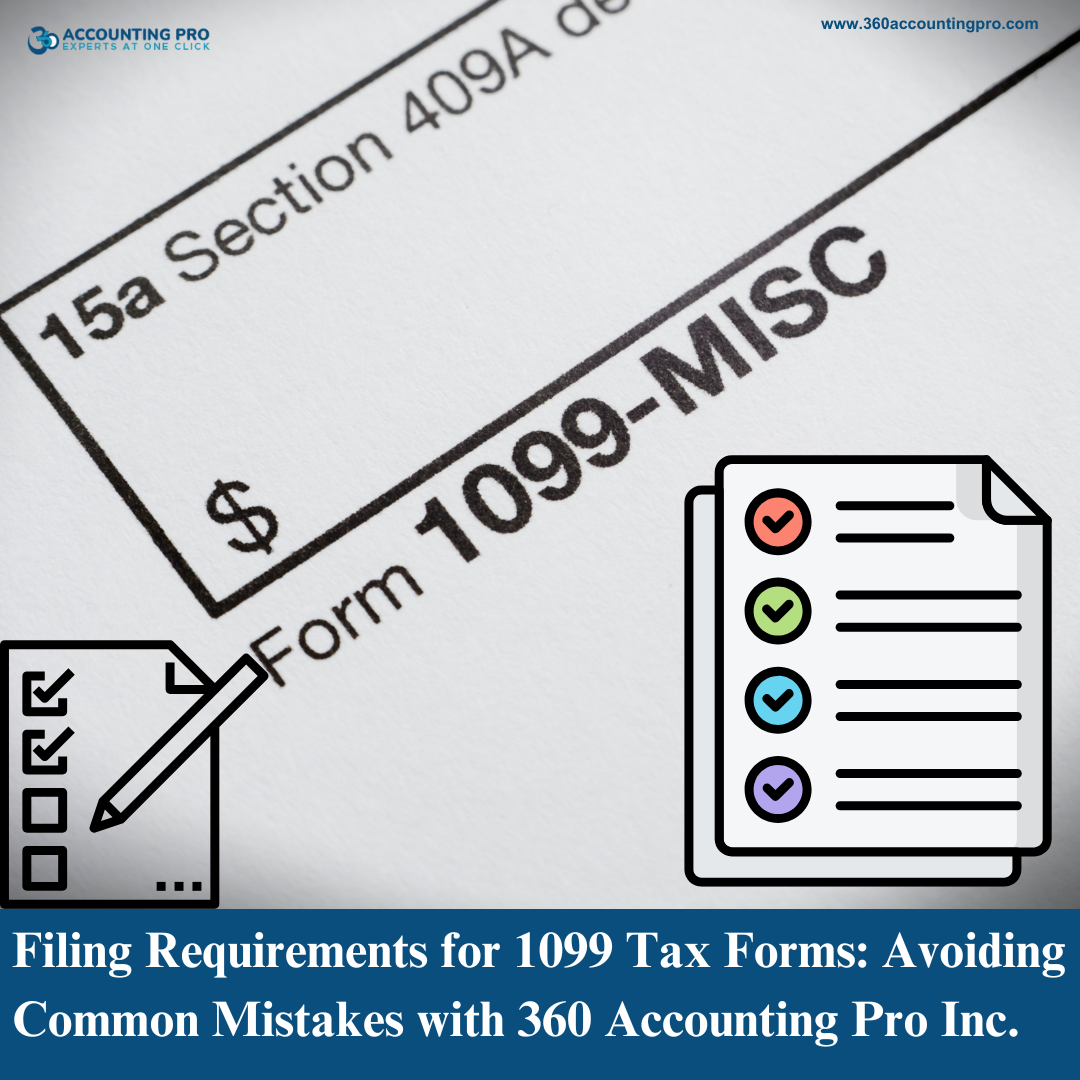



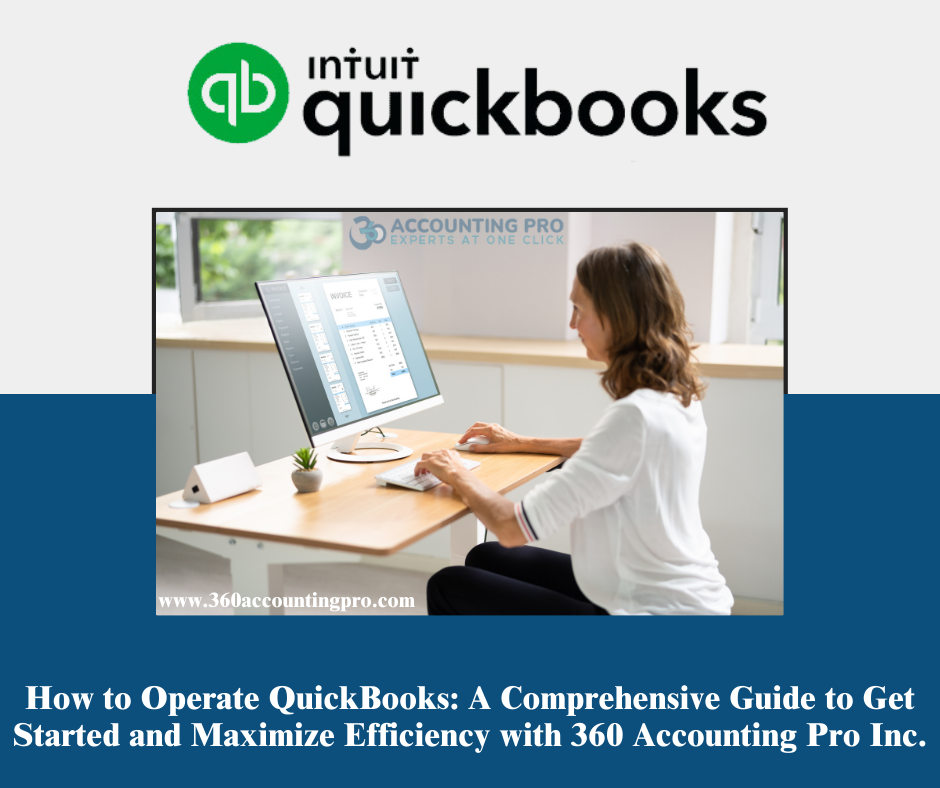

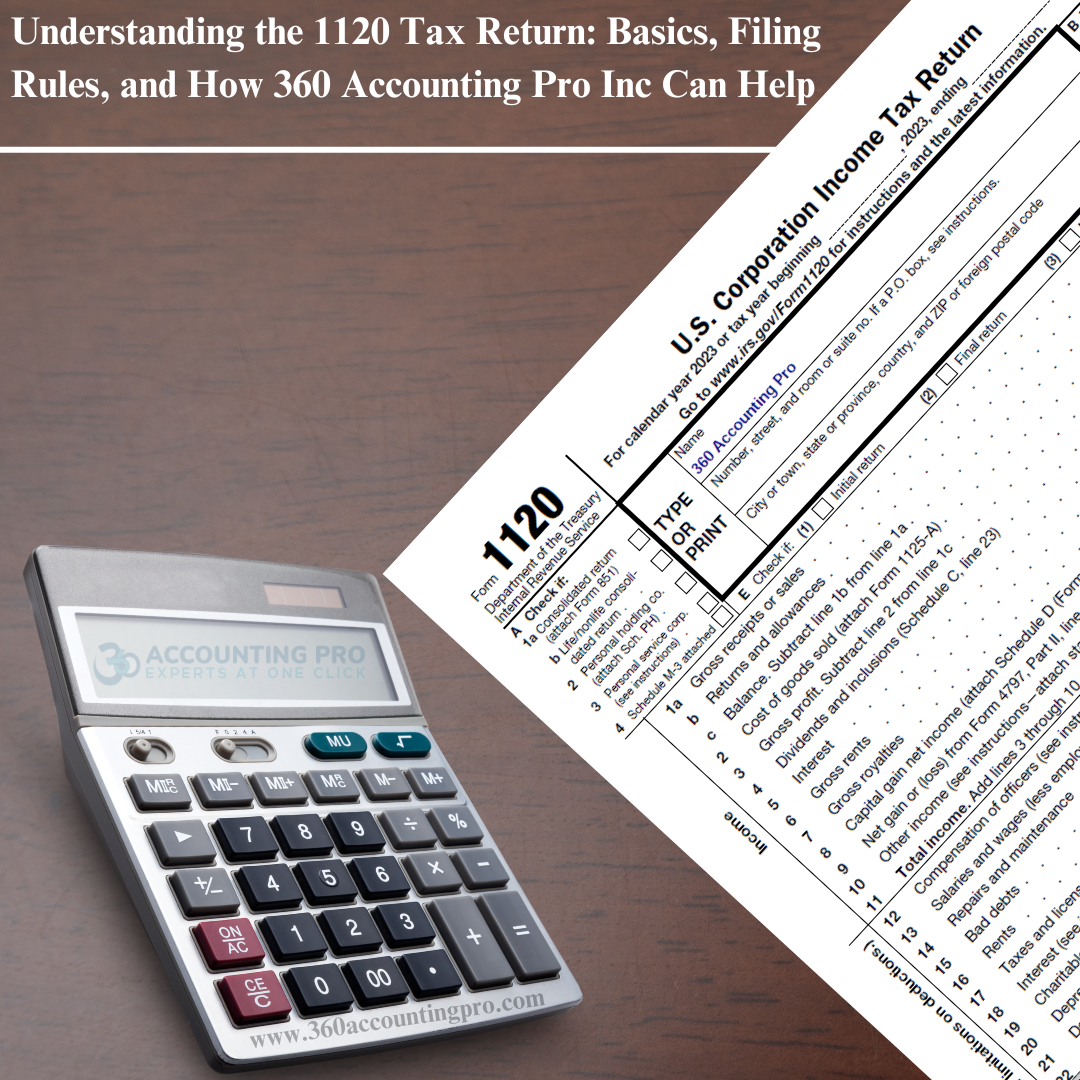
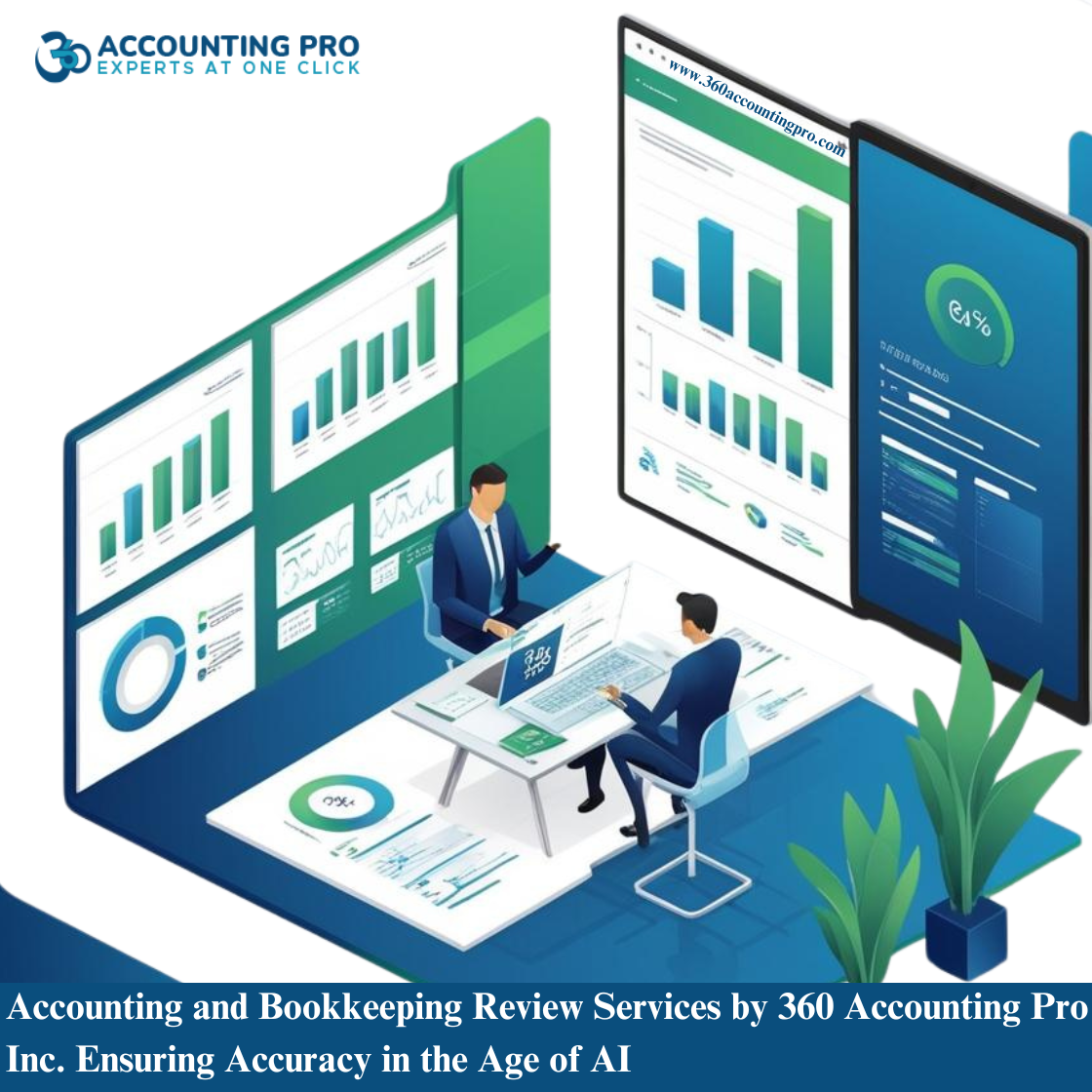
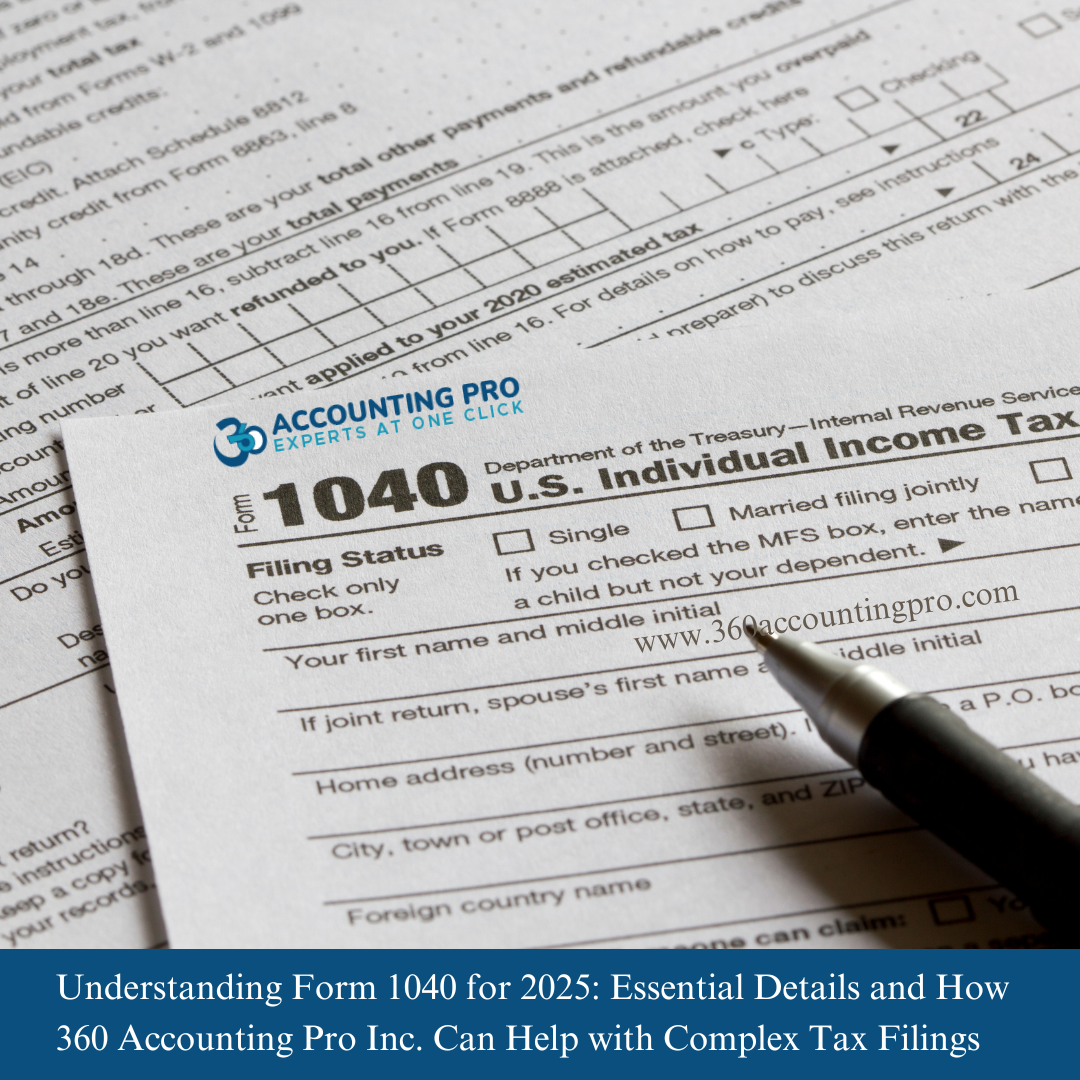




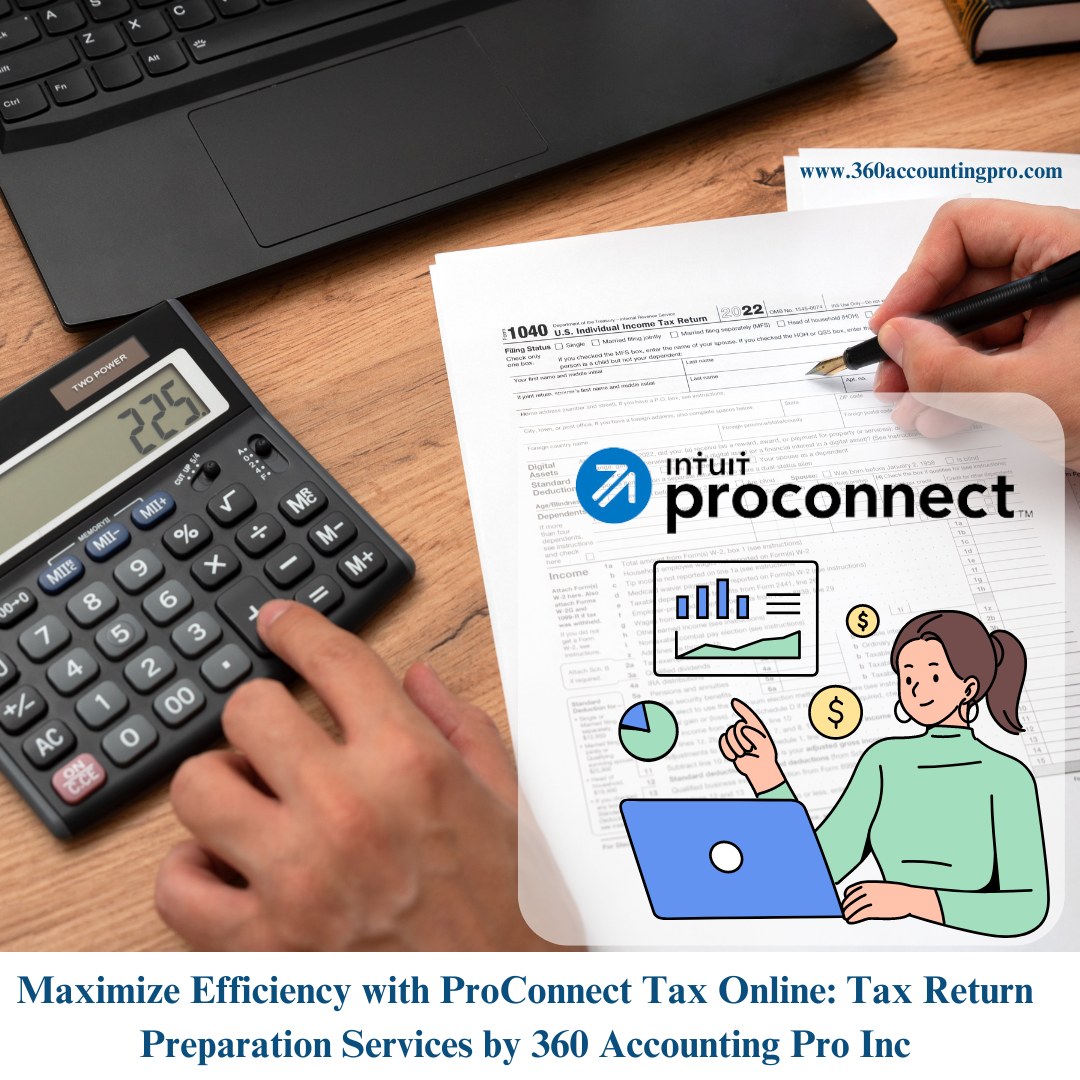





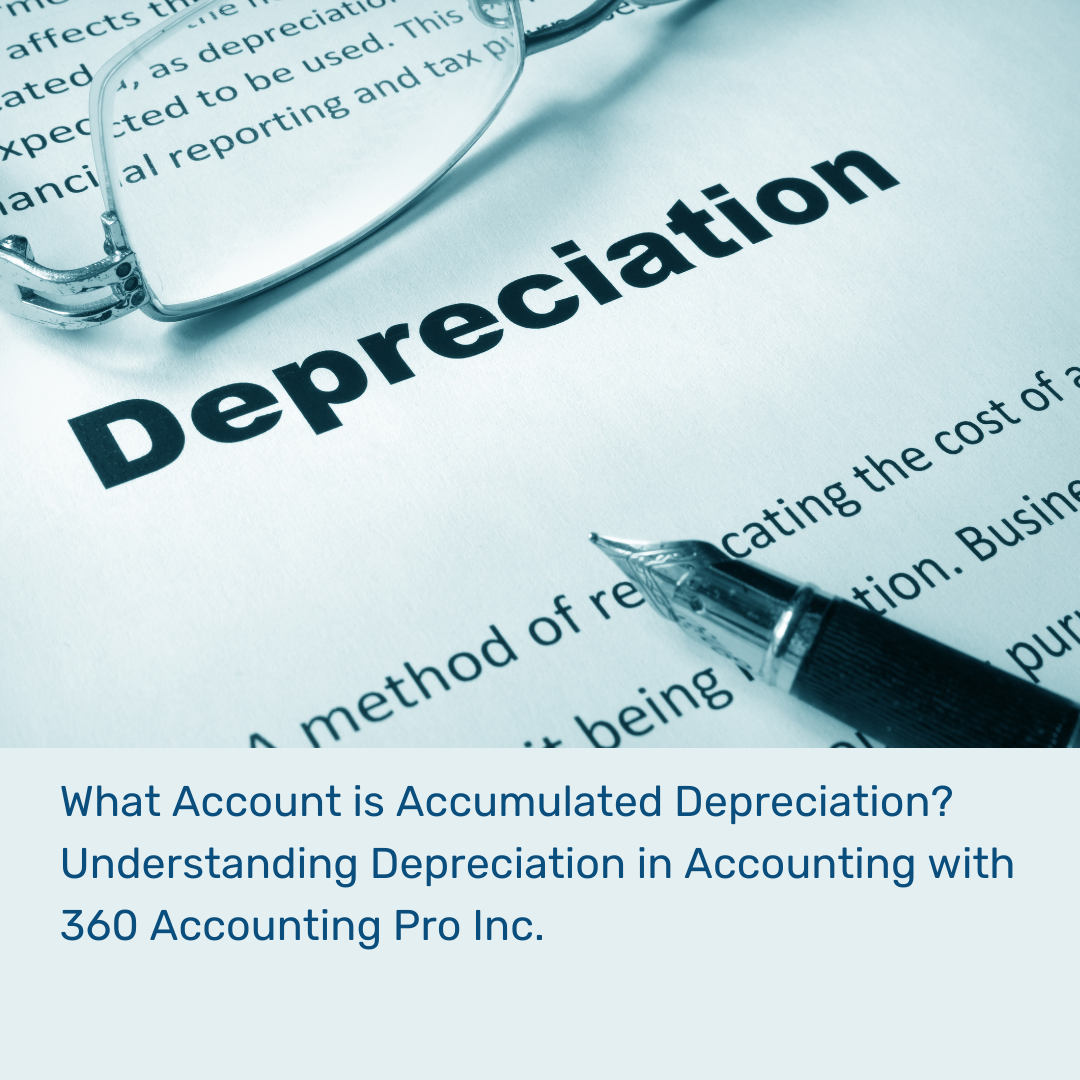

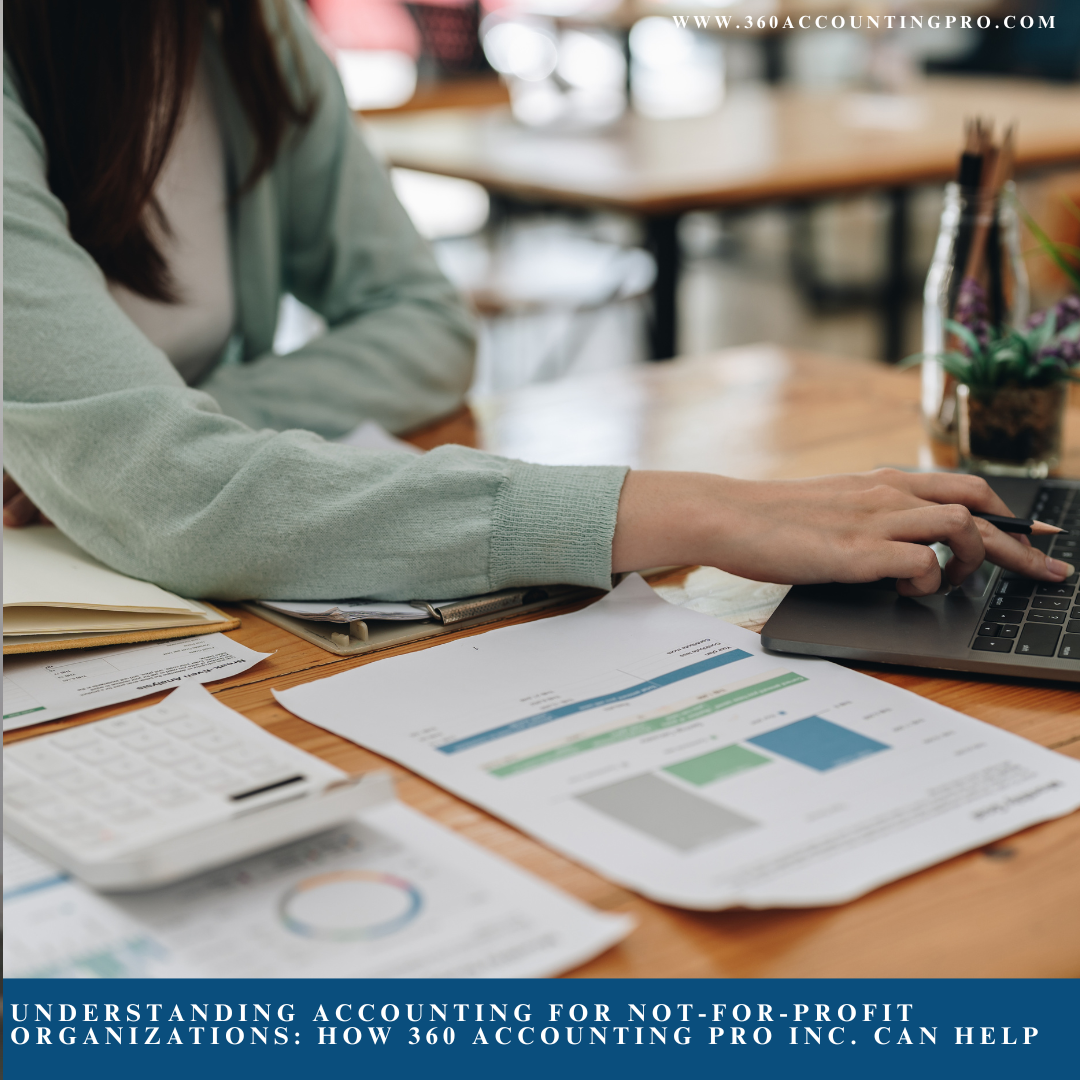



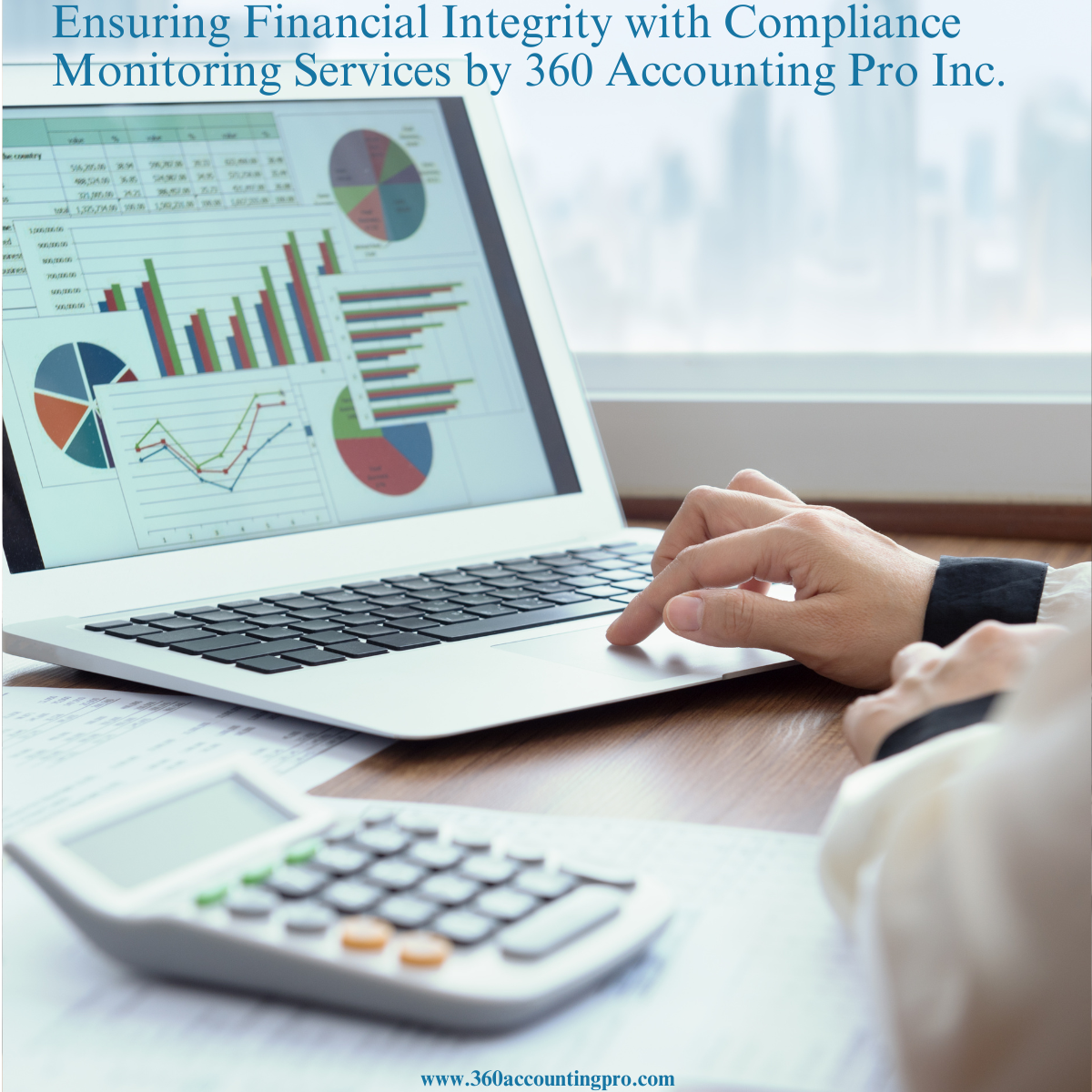






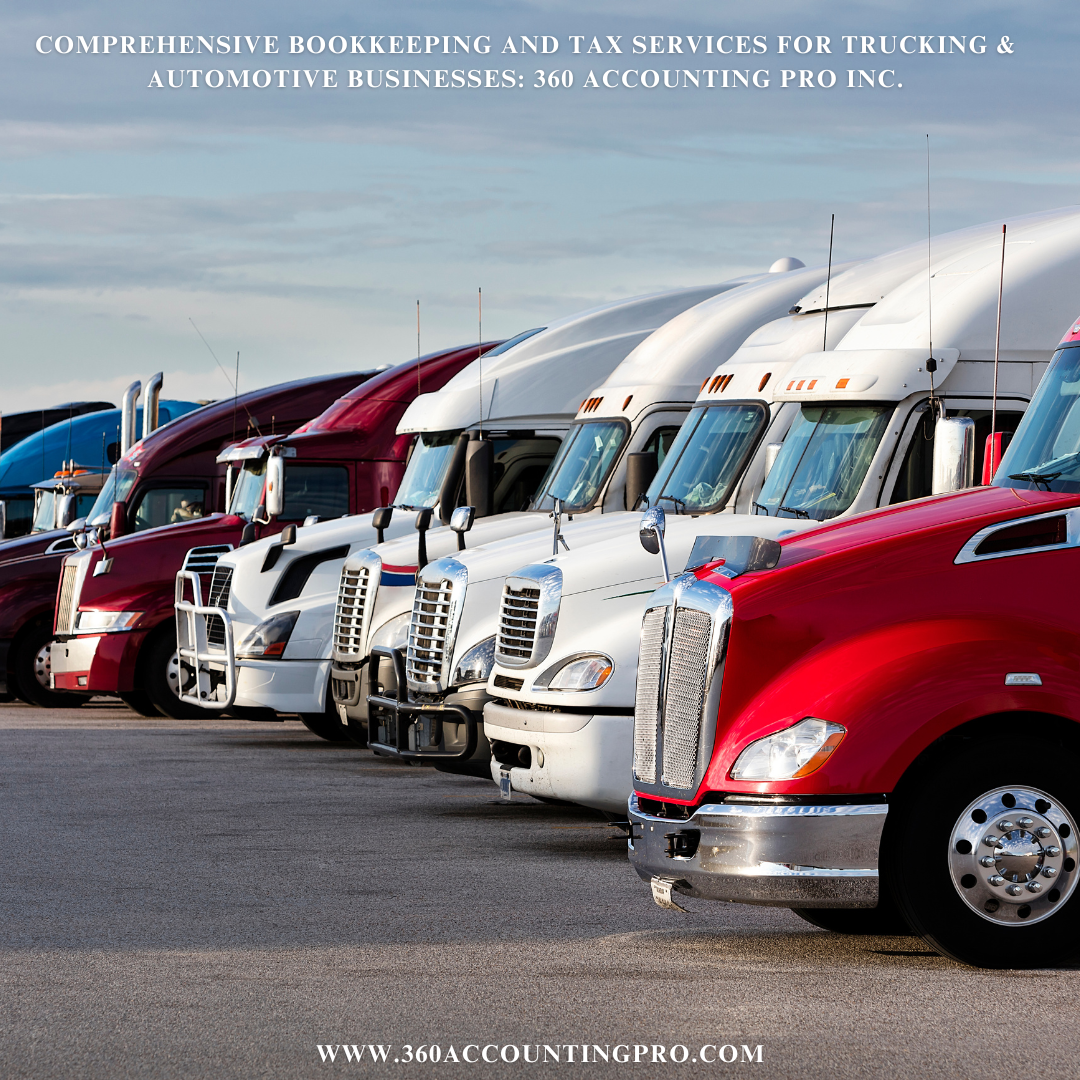



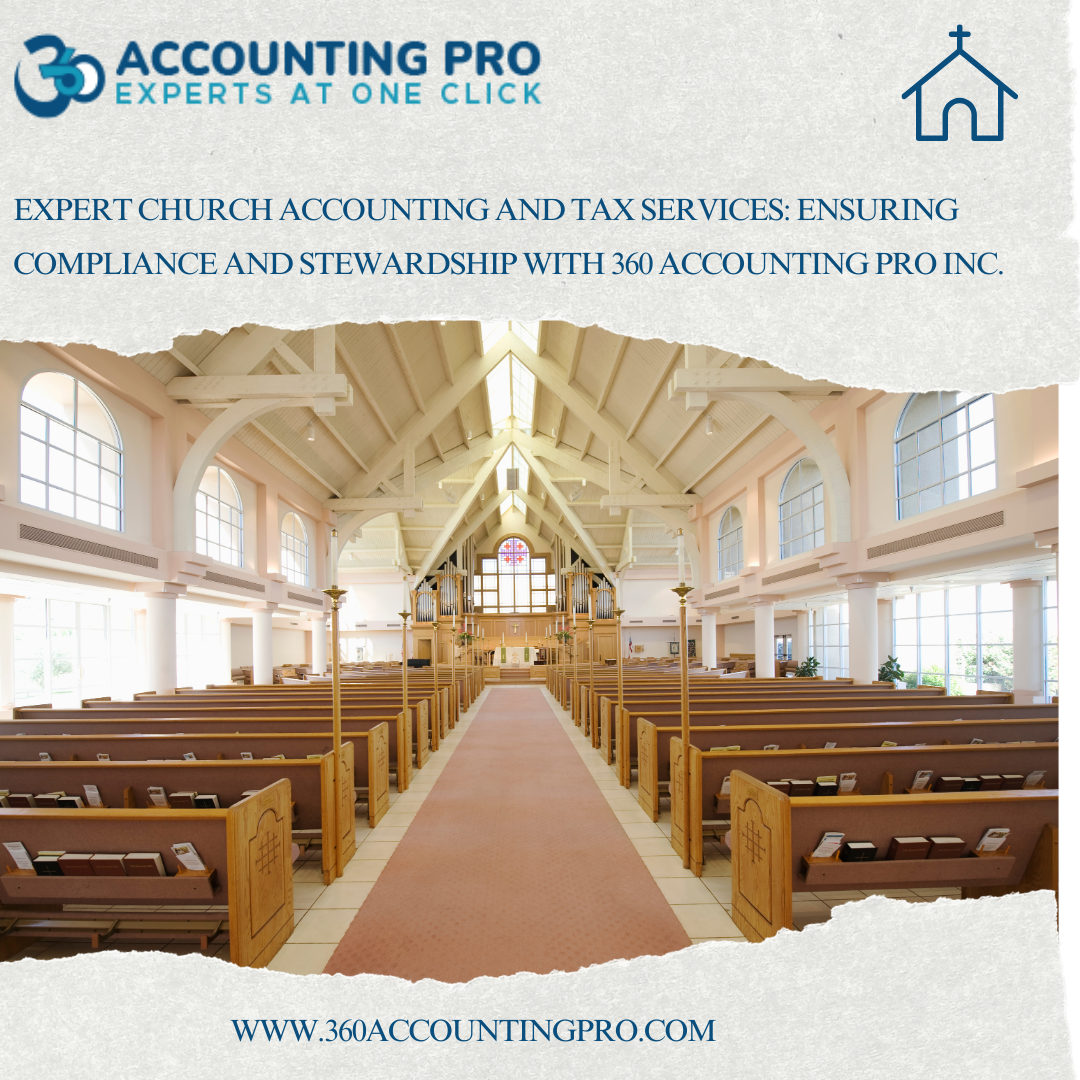




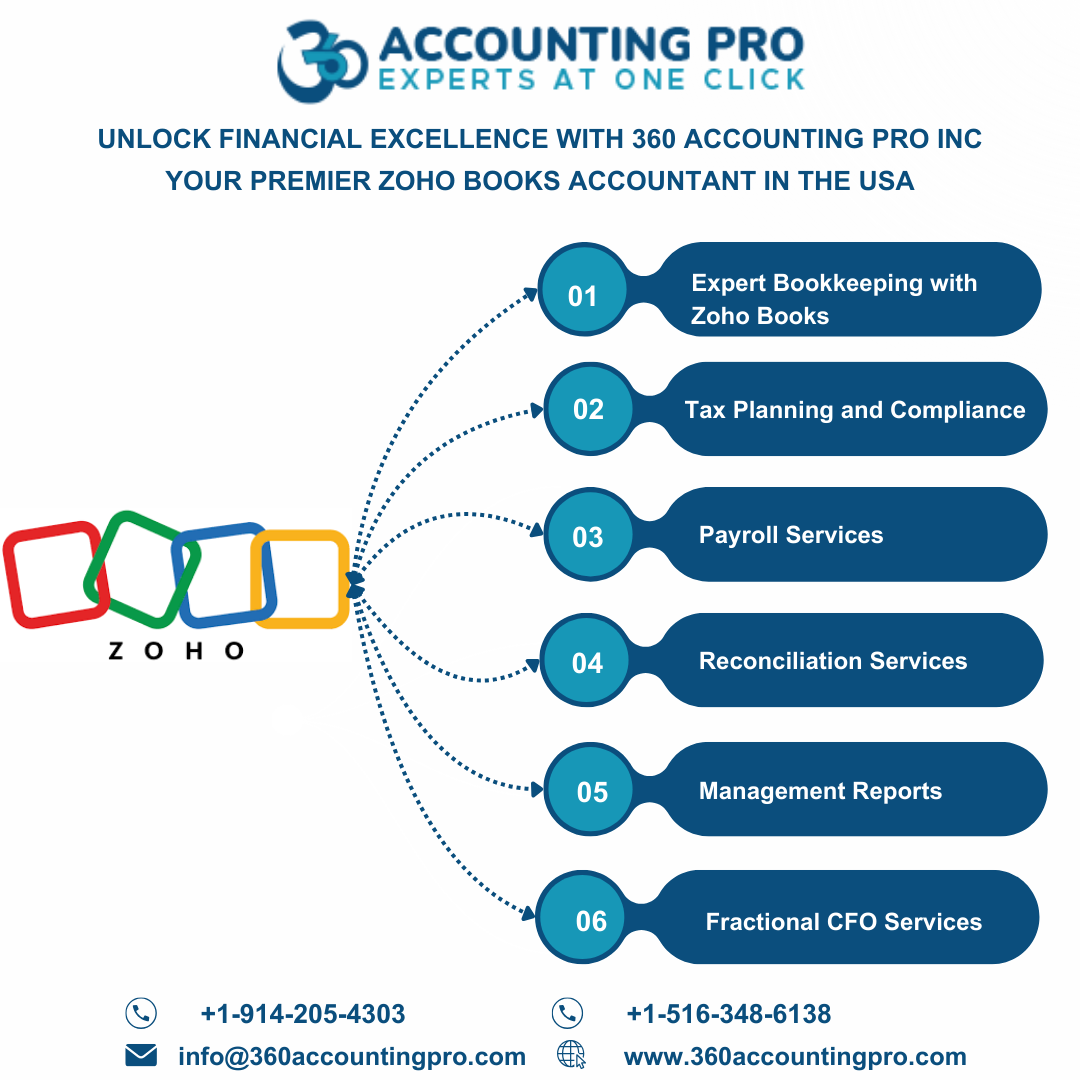

.jpg)
.jpg)
.jpg)
.jpg)


).jpg)



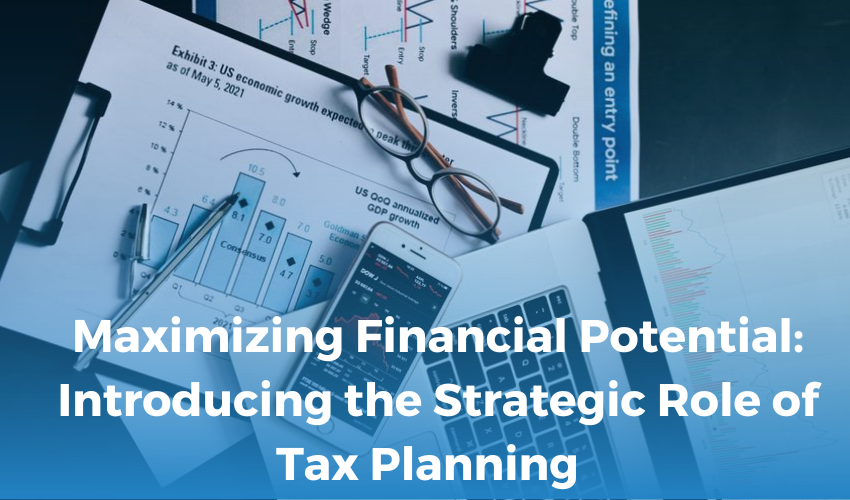

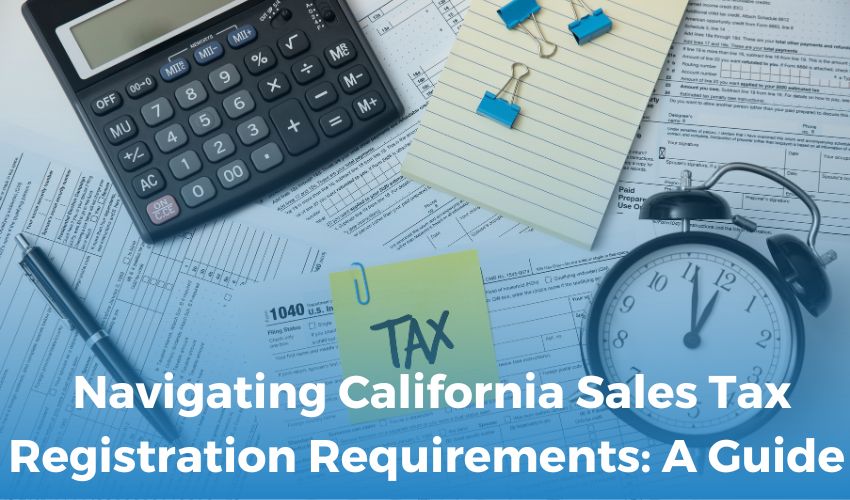

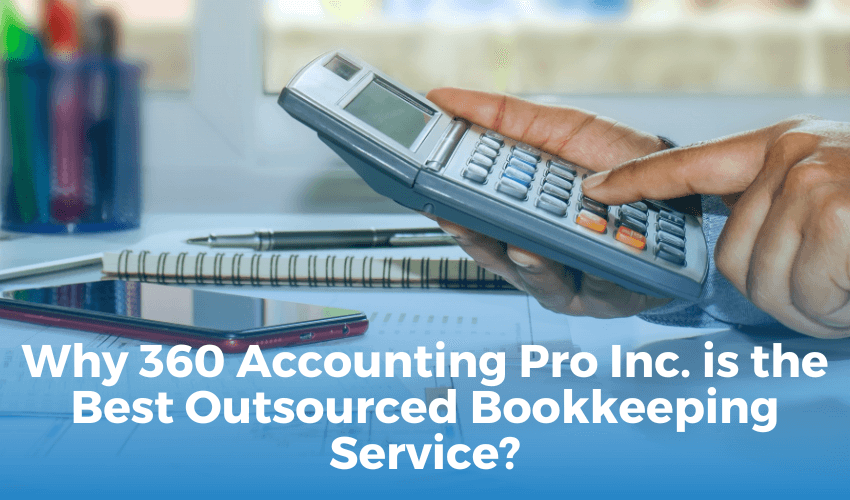



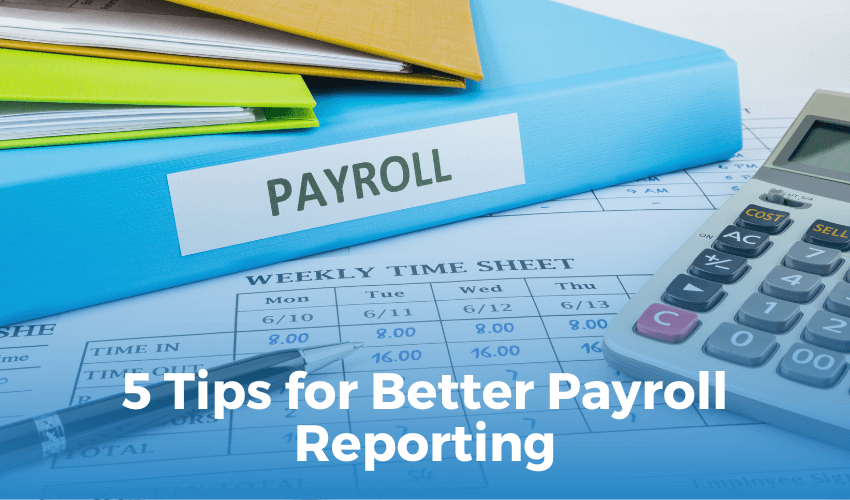
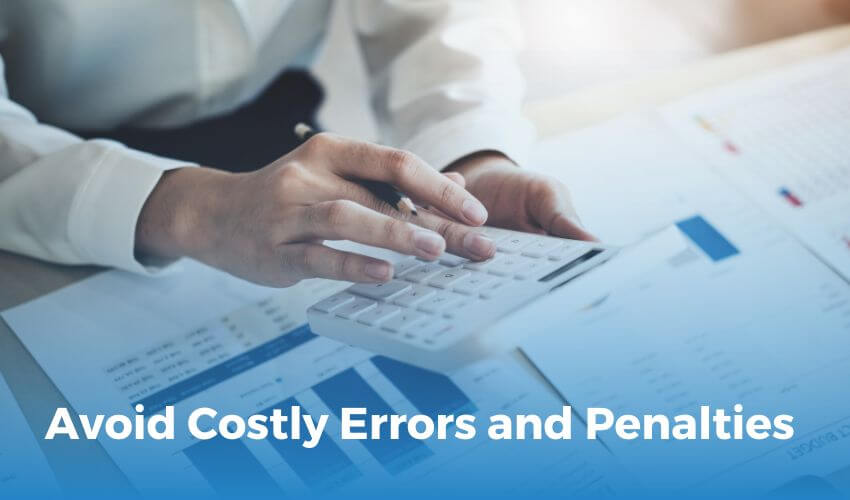

 Get A Quote
Get A Quote
Leave A Comment